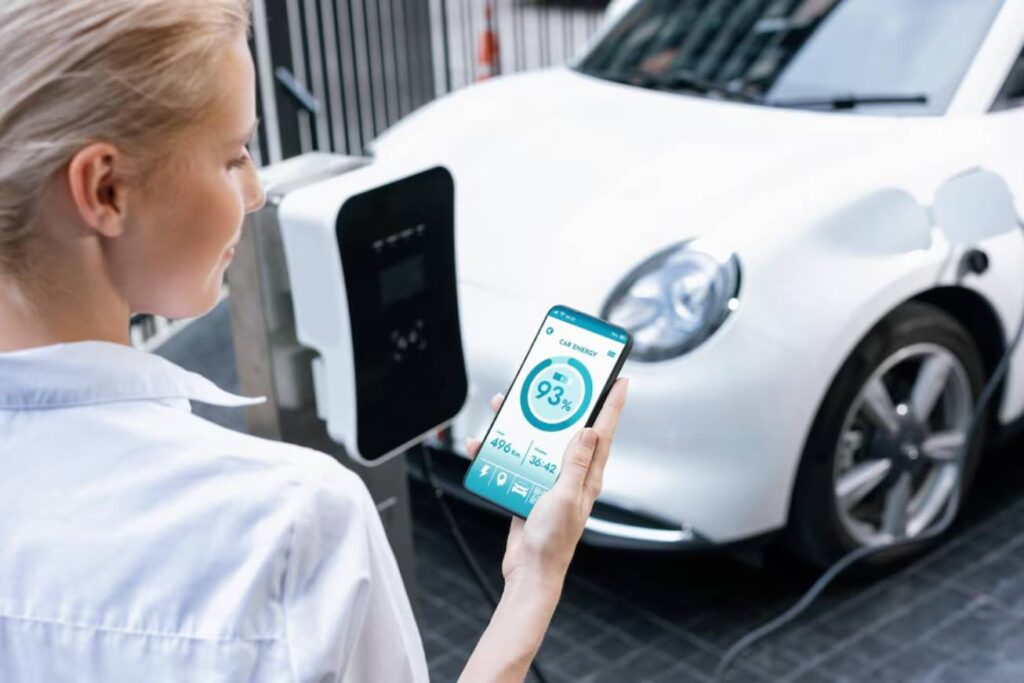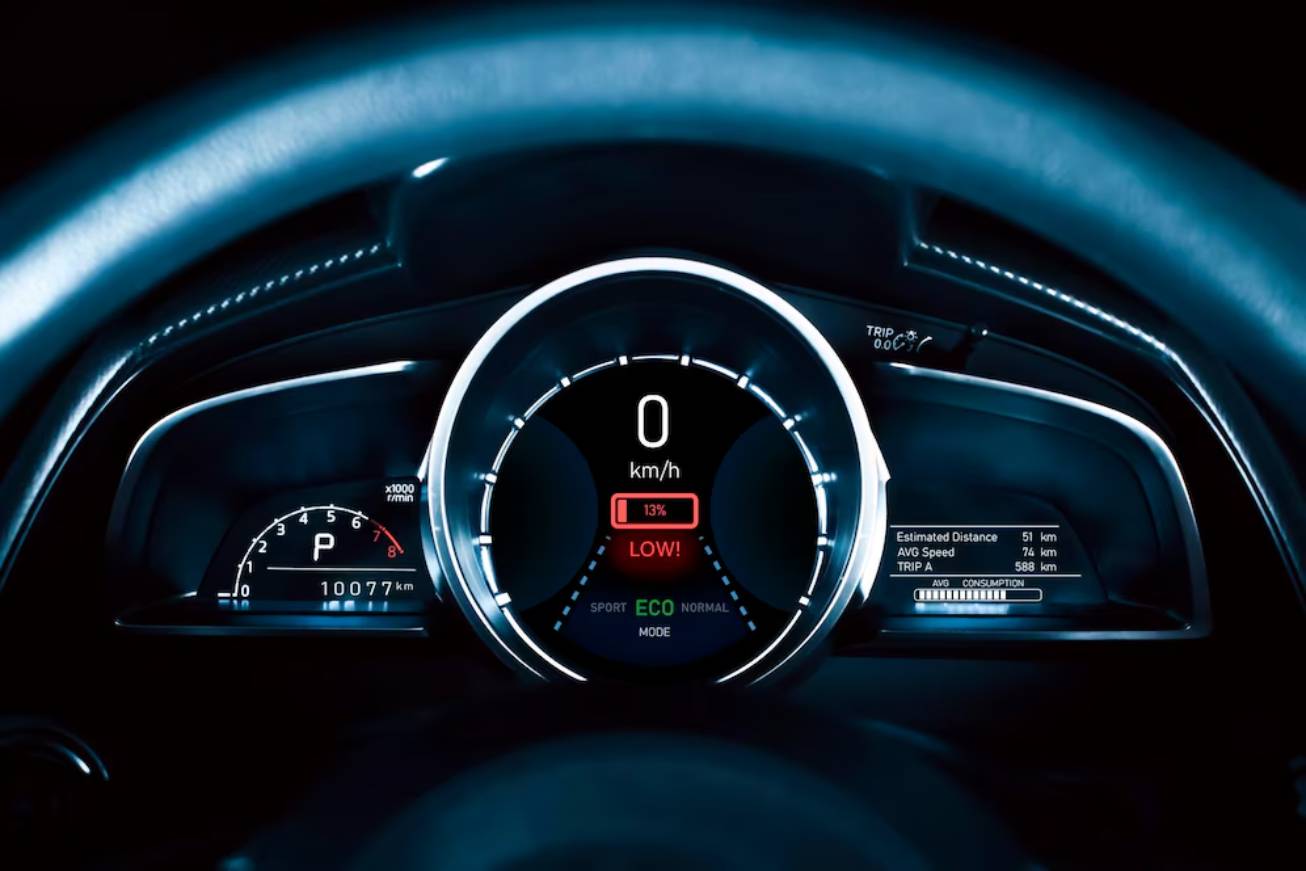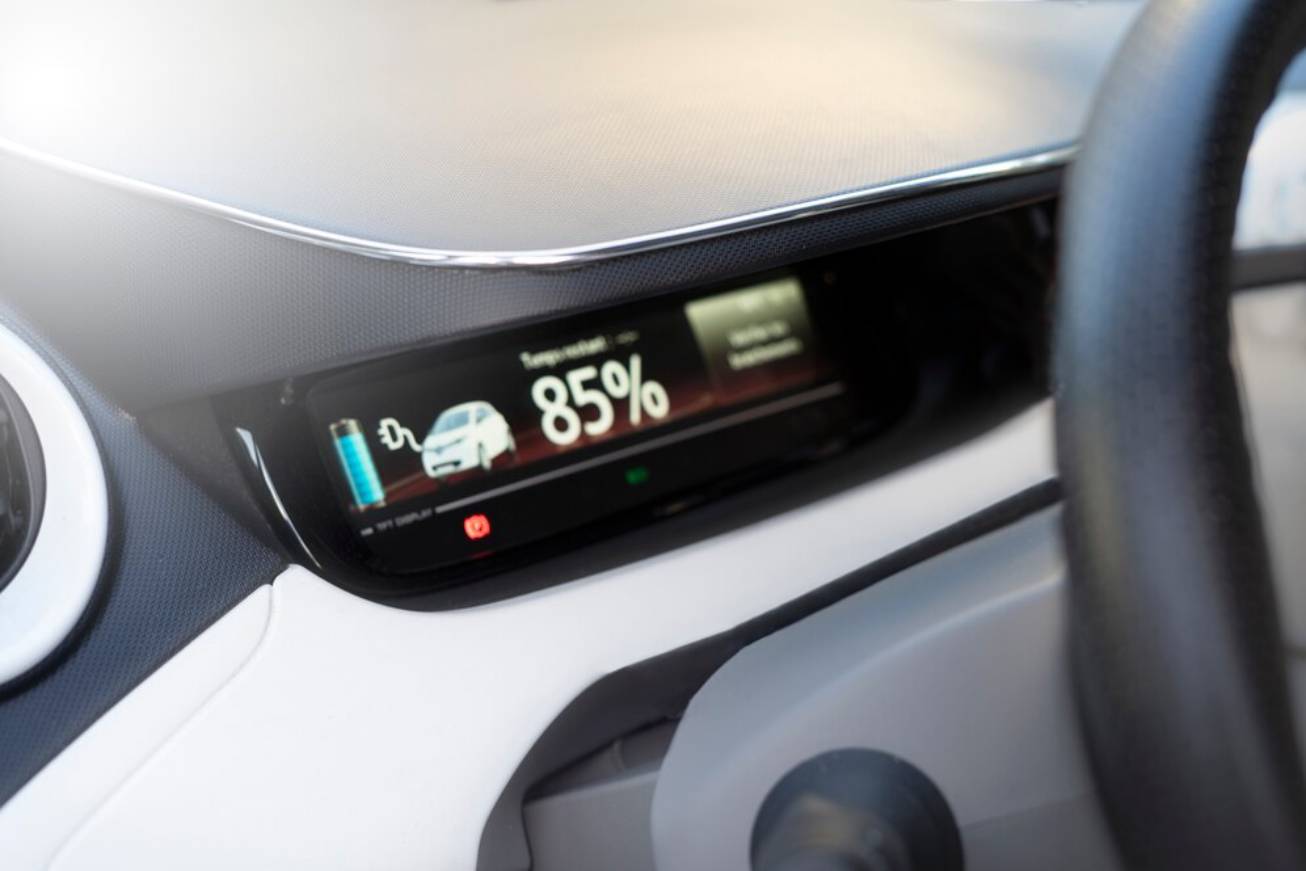The Automobiles & Vehicles Blog

Used EV Battery Health: What to Check
If you’re considering a used electric vehicle, the question lurking in the back of your mind is likely this: how long will the battery last?
It’s a fair concern. The battery pack is the most valuable and complex part of any EV. While many are built to endure hundreds of thousands of miles, improper use or poor care can shorten their lifespan. And unlike worn tyres or a cracked windscreen, battery degradation isn’t something you can spot at a glance.
That’s why understanding EV battery health is absolutely essential before purchasing a second-hand electric car. In this guide, you’ll learn what impacts EV battery life, what to inspect before buying, how to spot early signs of battery degradation, and which tools can help you assess it accurately.
If you’re shopping for a used EV, this post will help you protect your investment and avoid unpleasant surprises down the road.
Why Battery Health Matters in a Used EV
The Battery Is the Heart of the Vehicle
An EV battery isn’t just a storage unit — it powers the motor, heating system, infotainment, and everything else. It also directly determines the car’s range and performance.
Replacing One Isn’t Cheap
Depending on the make and model, a replacement battery can cost between £4,000 and £15,000. Even with warranties, repairs can be inconvenient and expensive if faults fall outside the coverage window.
Degradation Affects Range and Resale
Even a 10–15 percent drop in battery health can shave 20–30 miles off a vehicle’s real-world range — which could matter more than you think during winter or longer trips.
What Impacts EV Battery Life?
1. Charging Habits
Frequent fast charging can stress the battery more than slower home charging. While DC fast charging is fine occasionally, regular use can accelerate capacity loss.
2. Climate
Batteries don’t love extremes. Hot weather can cause thermal degradation over time, while cold weather temporarily reduces range.
3. Mileage

More miles generally mean more cycles (charge/discharge), which slowly wears down capacity.
4. Storage and Usage Patterns
Batteries degrade faster if kept full or empty for long periods. Regular, moderate use is actually ideal for battery longevity.
How to Check Used EV Battery Health
Let’s break down how to properly assess a second-hand EV’s battery status before you commit.
1. Ask for a Battery State of Health (SoH) Report
Many dealerships and CPO programmes now provide battery health certificates. SoH is a percentage indicating how much original capacity remains.
- 90–100%: Excellent condition
- 80–89%: Normal ageing
- Below 80%: Some degradation, warrants caution
- Below 70%: Potentially problematic for daily use
Tip: SoH is far more important than overall mileage. A low-mileage car could still have a degraded battery if it was poorly charged or stored.
2. Use Diagnostic Tools (or Ask the Seller To)
Some EVs allow external tools or apps to read battery data directly from the car’s onboard systems.
Popular Options:

- LeafSpy – For Nissan Leafs, reveals true battery stats beyond the dashboard.
- Recurrent Reports – In the US, provides third-party SoH data for many EV models.
- OBD-II Readers + Apps – Can be used with Hyundai, Kia, BMW i3, and others.
These tools can show:
- True battery capacity
- Number of fast-charging sessions
- Battery temperature data
- Number of charge cycles
3. Inspect the Dashboard for Battery Indicators
Some models display battery health visually.
For example:
- Nissan Leaf: The battery bar gauge on the dashboard reflects battery health — fewer than 12 bars means some degradation.
- Tesla: Doesn’t show SoH directly, but you can compare full charge range to the original EPA rating.
Pro Tip: If the seller has kept the battery at 100% for extended periods, that’s a red flag.
4. Check Range During the Test Drive
A short drive can be surprisingly revealing. Pay attention to:
- Displayed range vs actual consumption
- Regenerative braking performance
- Any sudden drops in battery percentage
If 20 miles of driving causes 30–40 miles of range loss, the battery may be underperforming.
EV Battery Warranty: What’s Typically Covered?
Most EVs come with a battery warranty of 8 years or 100,000 miles, whichever comes first. However, coverage varies by brand.
| Manufacturer | Coverage | Minimum Capacity Guarantee |
| Tesla | 8 years / 100k–150k miles | 70% retention |
| Nissan | 8 years / 100k miles | 9 bars (about 70%) |
| Hyundai/Kia | 8–10 years / 100k miles | Often includes battery failure, not degradation |
| BMW | 8 years / 100k miles | 70% |
Ask the seller:
- Is the warranty still active?
- Is it transferable?
- Has the battery ever been replaced?
If the EV is still under warranty, that provides serious peace of mind — but confirm in writing.
Which EVs Tend to Age Well (Battery-Wise)?
Consistent Top Performers:
- Tesla Model 3 / Model S – Excellent thermal management; many keep 90%+ capacity after 100,000 miles.
- Hyundai Kona Electric / Ioniq 5 – Conservative software helps extend battery health.
- BMW i3 – Especially models with liquid-cooled packs; performs well even at higher mileages.
Models to Approach Cautiously:
- Early Nissan Leafs (pre-2018) – Air-cooled battery degrades faster in hot climates.
- Chevy Spark EV – Affordable, but limited range and less data transparency.
Common Red Flags When Inspecting a Used EV Battery
- The seller can’t or won’t provide a battery report
- Sudden drops in range during a short drive
- High number of fast-charging sessions logged
- Visible dashboard battery warnings
- Car was imported and lacks software/app support for your region
If you spot any of these, proceed with caution or consider moving on.
Anecdote: Sarah’s Battery Check Saved Her £3,000
Sarah from Glasgow nearly bought a used 2017 Nissan Leaf listed at a tempting price. Before finalising, she borrowed a friend’s OBD reader and used LeafSpy.
The result? SoH showed just 69% capacity and 10 missing bars — something the seller hadn’t disclosed.
“The dashboard said 95 miles of range, but after 12 minutes of driving, I had dropped to 66. The app confirmed my gut feeling.”
She walked away, and later found a 2018 Leaf with 90% SoH and a full service history — still well under budget.
Essential Battery Check Questions to Ask the Seller
- What is the current State of Health (SoH)?
- Has the battery ever been repaired or replaced?
- Has the vehicle been primarily fast-charged or slow-charged?
- Is the battery warranty still active — and transferable?
- Can you provide a diagnostic report or third-party battery health check?
Know What You’re Getting — and What You Deserve
A used EV can be a brilliant investment — but only if the battery health checks out. In 2025, buyers have more tools, data, and protections than ever before. That means no more guessing games or blind trust.
By learning how to inspect an EV battery properly, asking the right questions, and verifying battery health independently, you protect both your wallet and your daily driving experience.









